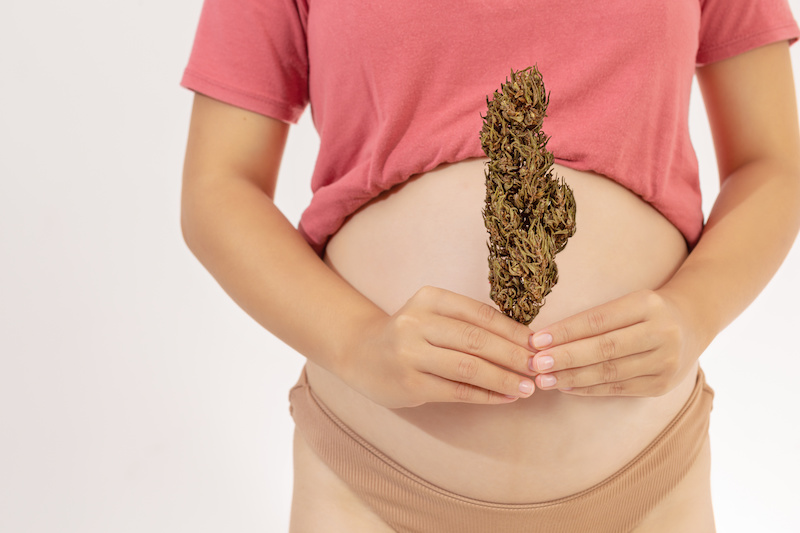News
Researchers work to uncover risks of prenatal cannabis use
Published on October 7, 2022 by Special to the oz.
 Photo: Adobe/the oz.
Photo: Adobe/the oz. A team of Western researchers is working to improve our understanding of how exposure to cannabis during pregnancy may impact the developing brain of the fetus.
The team, led by Western PhD student Mohammed H. Sarikahya under the supervision of Steven Laviolette from the department of anatomy and cell biology at the Schulich School of Medicine & Dentistry, set out to study prenatal cannabis exposure in a pre-clinical animal model to bridge some of those knowledge gaps.
“A lot of people don’t understand that prenatal cannabis exposure hasn’t been that well researched, so we don’t really know the full impact of it on the developing brain,” said Sarikahya.
• RELATED: UBCO researcher looks at the stigma of prenatal cannabis use
Laviolette says that cannabis is often assumed to be safe in pregnancy because of the perception that it is a natural, non-pharmacological option to reduce symptoms of nausea and anxiety.
Using an animal model, the researchers discovered that prenatal exposure to THC, the main psychoactive ingredient in cannabis, causes several severe impacts on a rat’s developing brain.
Laviolette explained that despite obvious important metabolic differences, rats have similar neuroanatomy to humans and the basic pathways for reward and emotion are the same.
The team demonstrated that the offspring of THC-treated rats had major losses in the levels of omega-3 and omega-6 fatty acids in the brain, especially in the regions involved in the processing of emotion and anxiety.
“We were very surprised at the magnitude of the impact on the brain’s fatty acid signalling pathways, especially given the critical importance of this system on normal brain development,” said Laviolette.
What was also surprising for the researchers was how severely the male model was impacted by prenatal cannabis exposure compared to the female models.
The team demonstrated that males had a hyperactive dopamine system which lasted into adulthood while females did not show any abnormal dopamine activity by adulthood. Because dopamine is critical in helping to regulate emotion and anxiety, the team suspects these higher levels in the male may explain why they were more sensitive to the effects of prenatal cannabis exposure.
“What we saw was that only the males exhibited this anxiety,” says Sarikahya.
“The females weren’t completely unaffected. What we saw at childhood was that they also had severe deficits to their brain’s fatty acid profile. At some point between childhood and adulthood they are able to correct these fatty acid disturbances.”
Sarikahya is careful to note that there may be other consequences of prenatal cannabis exposure for the females that have yet to be explored.
“The implication of these disturbances so early in life are worrisome given their role in brain development, but also for later-life function.”
He noted that although the females were able to correct the disturbances to the fatty acid reductions, those fatty acids are still required early on for the normal development of the brain. When they are reduced the brain is likely to be affected in some way.
One of the next questions that could be explored is how this exposure to prenatal cannabis may be detrimental for addiction.
“What we’re seeing is the addiction pathways are hyperactivated in the offspring following the exposure. That’s something we are going to explore in order to see how their sensitivity to various drug reward stimulus might be changed during adolescence and adulthood,” said Laviolette.
The findings were published in eNeuro, the journal of the Society for Neuroscience.
— Justin Zadorsky, Western News
Leave a comment on our Facebook page.
© Copyright 2022 Okanagan Z. | About the oz.
Report a Typo or Inaccuracy
We strive to avoid typos and inaccuracies. However, on occasion we make mistakes. We value your contributions and help in correcting them.